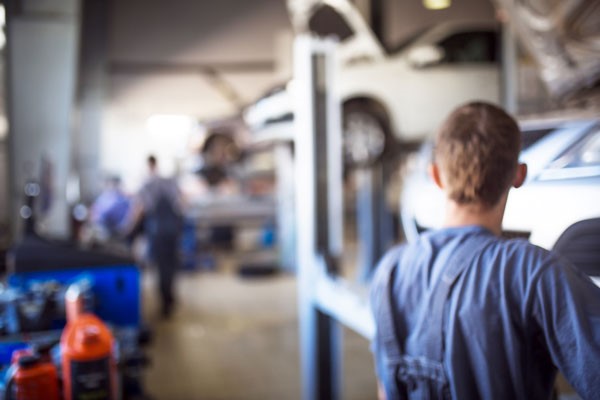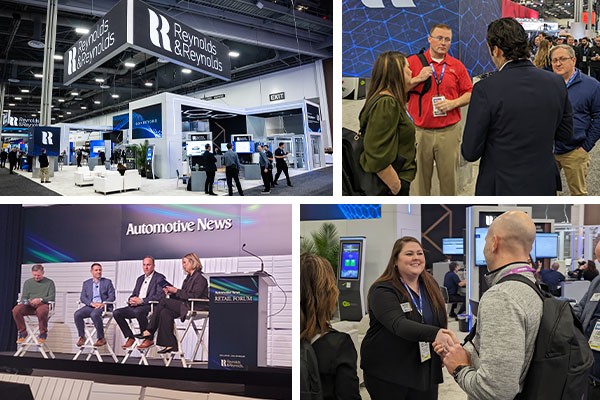Reaching Consumers Before the Moment of Truth

Article Highlights:
- The average car shopper consults nearly 20 sources of information.
- Dealerships must recognize how technology changes the buying experience.
Google has studied where influence takes place in the automotive market as consumers move from undecided to decided in purchasing a vehicle – the so called “moments of truth.”
The traditional automotive buying cycle involves an advertising or marketing stimulus, followed by the first moment of truth when the consumer visits the dealership. The second moment of truth is when the consumer experiences owning the car and tells others about it – likely through social media.
Google discovered there is another step in the cycle; Google calls it the zero moment of truth.
Google’s Zero Moment of Truth (ZMOT) study tells us that the average car shopper will look to nearly 20 different sources of information before going into a dealership – and the majority of those sources are online.
The Google study confirms that most consumers will have formed an opinion before ever choosing to walk into the dealership – or choosing to eliminate dealerships from consideration.
Now, a different study has analyzed a year’s worth of automotive conversations on social media. The largest concentration of conversation is in the “consideration” phase. If a brand doesn’t make it to the consideration phase, it likely won’t be there at the purchase phase, either.
While visiting the dealership remains the most important source of information and influence on the purchase decision, the number and influence of all the sources of information in the ZMOT delivers a formidable counterweight.
The challenge for dealers then becomes how best to affect that information and consumer experience at the zero moment of truth?
First, recognize how much technology has changed the definition – and location – of the customer experience. Increasingly, more and more of the customer’s experience with the dealership and the influences on purchasing a vehicle occur outside the store’s four walls.
That means dealers need to provide the right messages across the right channels to engage consumers during the ZMOT and demonstrate the attractiveness – and trust – of the dealership and its vehicles.
Second, to influence what occurs before a customer steps into the dealership requires equipping dealership personnel with the tools and technologies to compete across the total retail continuum – from the ZMOT to the SMOT. It’s an approach to retailing where the customer’s experience will be consistent no matter where that customer encounters the dealership – online or in the service drive.
Third, dealers who can adjust and align their marketing efforts at each moment of truth to deliver an end-to-end customer experience will have a competitive advantage in influencing vehicle purchase decisions.
To learn how Reynolds is changing the automotive retailing experience, please click here.
Note: The original version of this article appeared in the September 2012 edition of AutoRetailNet.
Related Articles:
Managing reconditioning at a dealership requires you to be on top of a lot of information all at once. With vehicles and information constantly changing…
NADA is always a busy, boisterous event – multiply it by 10 when you’re in Vegas. As I walked around the show talking with dealers,…
Picture this: a customer comes in to your store to buy a vehicle, they find the one they want, they go through the entire process…
If the past has proven anything, it’s that dealerships are able to remain strong and adapt to whatever comes their way. 2023 has been no…



















